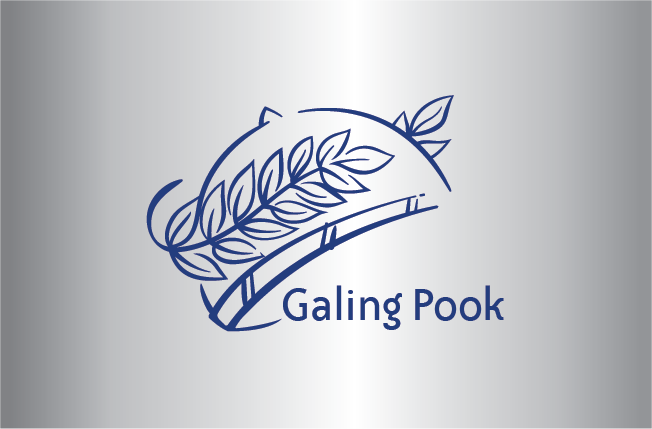
Barangay Taloot Community-Based Integrated Approach
Barangay Taloot, Argao, Cebu
2023
Located off the coast of Cebu, Barangay Taloot covers a community of over 4,500 residents. Concerned over education quality, the then Taloot Central Elementary School launched the Community-Based Integrated Approach in 2014 through the Purok System. This organizes the village into seven smaller neighborhood-level units called “puroks” to actively involve parents in development efforts. The barangay government adopted the initiative in the same year.
Since inception, Purok leaders have partnered closely with the school (now Taloot Integrated School) and the barangay government to address issues hindering learning like malnutrition and illiteracy. Specific interventions established include reading programs conducted by volunteers, tutoring for at risk students, and feeding initiatives. Through their Food Available in the Homes (FAITH) backyard gardening program, nutritional practices are promoted while boosting household food security.
Livelihood projects administered separately by each purok serve to generate incomes as well as local economic opportunities. Activities like small livestock raising, crop cultivation, and school canteen stalls run by puroks provide self-employment and revenue shared between the community and program costs. Meanwhile, the strong school-community partnerships exemplified through parent-teacher association and school governing council involvement ensure a collaborative approach to education quality objectives.
Results have been impressive. Through sustained community participation in initiatives led by elected purok officers and volunteers, Taloot has seen non-reader rates decline to virtually zero. While the number increased during the pandemic, non-reader rates have been on the decline post-pandemic. Records have also indicated the steady reductions in student malnutrition percentages since program launch.
When natural disasters like Typhoon Odette struck or the COVID-19 pandemic imposed restrictions, the well-established grassroots structures and collaborative spirit were instrumental to relief operations and continuing education through community learning hubs.
Program monitoring through regular outcome data collection and incentive schemes like recognizing high-performing puroks have motivated further improvement in service and project delivery. Younger Taloot residents now growing up with these collaborative systems in place demonstrate how multi-sector partnerships can establish lifelong habits and social capital within communities. Barangay officials currently focus campaigns on sustaining female entrepreneurship opportunities as an avenue for broader household welfare.
Capacity in building small businesses, cultivating self-reliance at the household level, and fostering cooperative problem-solving have made Taloot a model of localized, holistic development. Sustained leadership commitment remains key to keeping resident participation and enthusiasm.
Barangay Taloot’s experience highlights how an integrated, participatory community development framework can powerfully support education and holistic progress. By bringing together stakeholders from the local government, school and citizen organizations, it addressed challenges in a coordinated manner. This “whole-of-society” approach shows how local resilience and quality of life can be progressively enhanced when a community’s assets are mobilized for the benefit of its children and residents. Other localities seeking to promote inclusive, sustainable development for future generations would be well-served to study this pioneering model.


